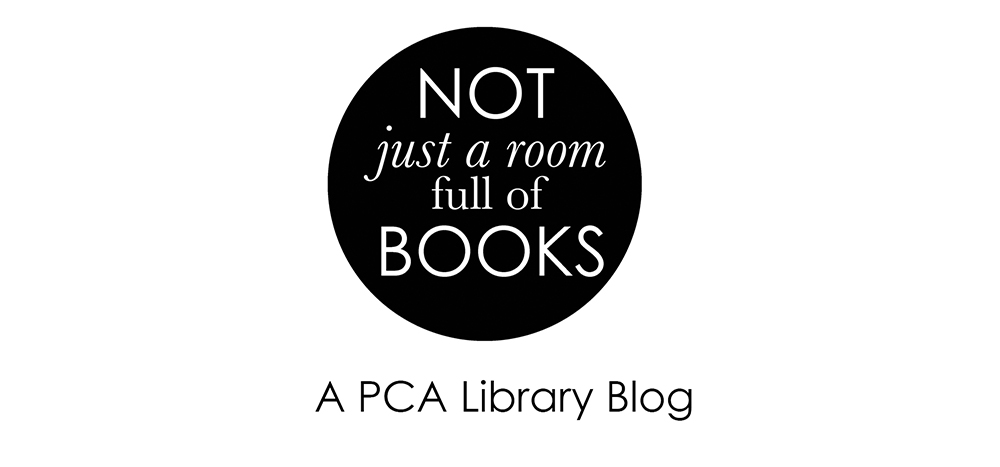The natural way to draw : a working plan forart study / Kimon Nicolaïdes.
743. 4
Based on his teaching at New York's Art
Students' League, Kimon Nicolaides developed a system for teaching how to draw
that can be followed by anyone. His approach to drawing concentrates on
mastering the key concepts: contour, gesture, weight and structure. Illustrated
with examples from the Old Masters as well as student works. Focusing on
gesture and action, feeling and expression this is a definitive guide for
anyone who wants to learn how to make their drawing come alive. Consisting of
64 exercises that are to be studied over the course of the year, this is the
guide that has been used by thousands of students already.
701 KEN
 Over the last three decades, the visual artist
William Kentridge has garnered international acclaim for his work across media
including drawing, film, sculpture, printmaking, and theater. Rendered in stark
contrasts of black and white, his images reflect his native South Africa and,
like endlessly suggestive shadows, point to something more elemental as well.
Based on the 2012 Charles Eliot Norton Lectures, Six Drawing Lessons "is
the most comprehensive collection available of Kentridge s thoughts on art,
art-making, and the studio. Art, Kentridge says, is its own form of knowledge.
It does not simply supplement the real world, and it cannot be purely
understood in the rational terms of traditional academic disciplines. The
studio is the crucial location for the creation of meaning: the place where
linear thinking is abandoned and the material processes of the eye, the hand,
the charcoal and paper become themselves the guides of creativity. Drawing has
the potential to educate us about the most complex issues of our time. This is
the real meaning of drawing lessons. Incorporating elements of graphic design
and ranging freely from discussions of Plato s cave to the Enlightenment s role
in colonial oppression to the depiction of animals in art, Six Drawing Lessons
"is an illustration in print of its own thesis of how art creates
knowledge. Foregrounding the very processes by which we see,
Kentridge"makes us more aware of the mechanisms and deceptions through
which we construct meaning in the world."
Over the last three decades, the visual artist
William Kentridge has garnered international acclaim for his work across media
including drawing, film, sculpture, printmaking, and theater. Rendered in stark
contrasts of black and white, his images reflect his native South Africa and,
like endlessly suggestive shadows, point to something more elemental as well.
Based on the 2012 Charles Eliot Norton Lectures, Six Drawing Lessons "is
the most comprehensive collection available of Kentridge s thoughts on art,
art-making, and the studio. Art, Kentridge says, is its own form of knowledge.
It does not simply supplement the real world, and it cannot be purely
understood in the rational terms of traditional academic disciplines. The
studio is the crucial location for the creation of meaning: the place where
linear thinking is abandoned and the material processes of the eye, the hand,
the charcoal and paper become themselves the guides of creativity. Drawing has
the potential to educate us about the most complex issues of our time. This is
the real meaning of drawing lessons. Incorporating elements of graphic design
and ranging freely from discussions of Plato s cave to the Enlightenment s role
in colonial oppression to the depiction of animals in art, Six Drawing Lessons
"is an illustration in print of its own thesis of how art creates
knowledge. Foregrounding the very processes by which we see,
Kentridge"makes us more aware of the mechanisms and deceptions through
which we construct meaning in the world."
791.53 KLE
The story of Paul Klee's hand puppets began
with his son Felix's wish to own Kasperl (Punch and Judy) figures like the ones
he had seen at a Munich flea market. From 1916 to 1925, a total of fifty
figures were created, of which thirty still exist today. In creating the
puppets, Klee used a large variety of materials from his studio and around his
home: beef bones and electrical sockets, bristle brushes and nut shells. He
sewed the garments together from left-over fabric and discarded clothes. This
volume presents the complete ensemble of Klee's puppet theater in text and
images, with new photographs and commentary on each of the figures. The
original inventory of puppets, as well as the stage settings, has been
painstakingly reconstructed and complemented with statements by contemporary
witnesses. Several introductory essays provide further biographical and
historical context, and Klee's son Felix and his grandson Aljoscha reminisce
upon the playful use of the puppets within the family circle.



No comments:
Post a Comment